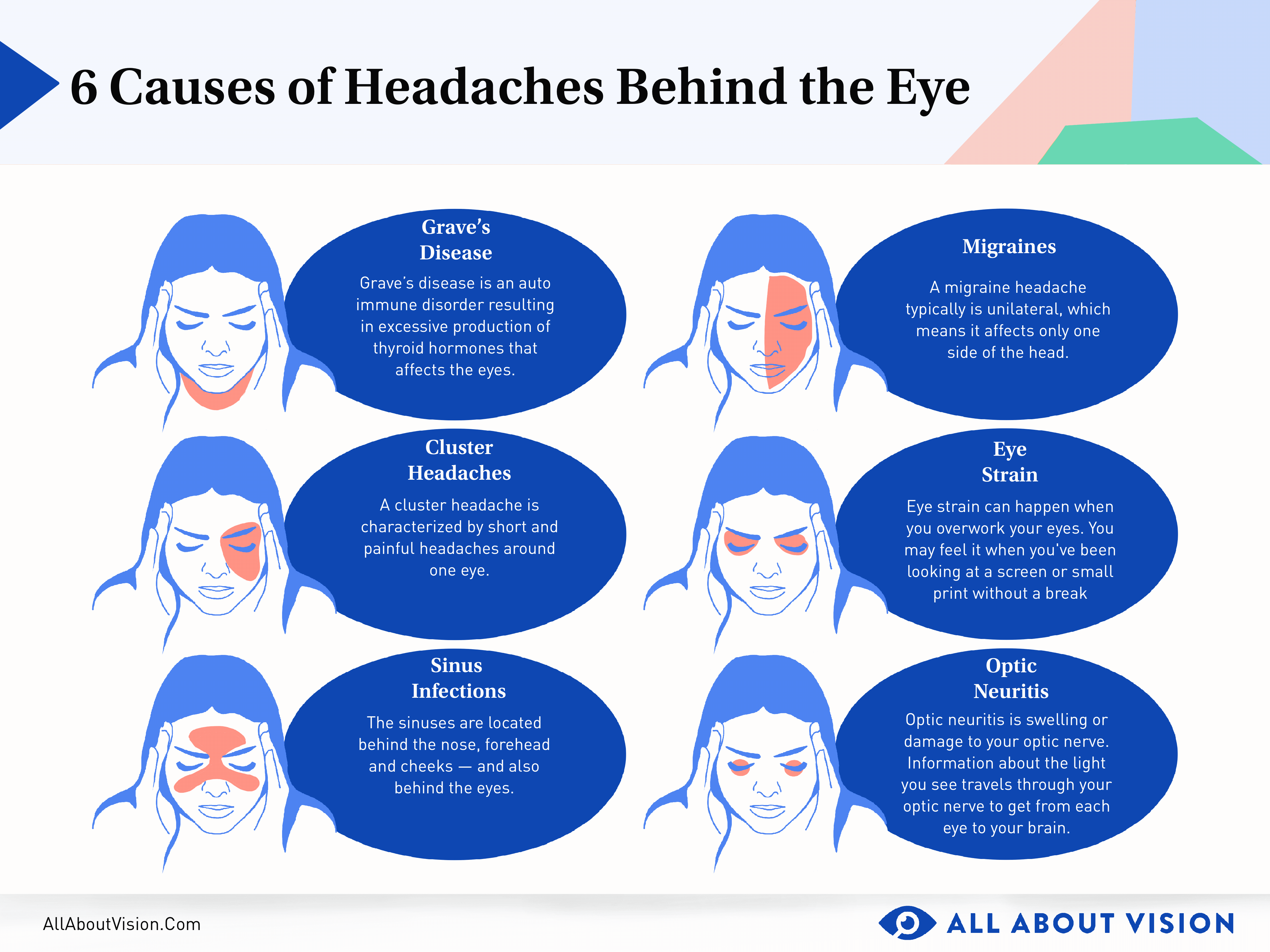Topic right side of head headache: Experiencing a headache on the right side of your head can be unsettling. This guide aims to illuminate the potential causes, symptoms, and effective remedies to manage and prevent such headaches, offering relief and understanding.
Table of Content
- What are the possible causes of a headache on the right side of the head?
- Common Causes of Right Side Headache
- Symptoms Associated with Right Side Headaches
- When to Seek Medical Attention for a Right Side Headache
- Diagnosis of Right Side Headaches
- Treatment Options for Right Side Headache
- Home Remedies and Lifestyle Changes for Managing Right Side Headache
- YOUTUBE: Causes of a Headache on the Right Side of Your Head
- Prevention Tips for Right Side Headaches
What are the possible causes of a headache on the right side of the head?
There are several possible causes of a headache on the right side of the head:
- Migraine: Migraine headaches often occur on one side of the head and are accompanied by symptoms such as nausea, sensitivity to light, and throbbing pain.
- Tension headache: Tension headaches can cause a dull, aching pain on one side of the head. They are often caused by stress, muscle tension, or poor posture.
- Cluster headache: Cluster headaches usually occur on one side of the head and are characterized by severe, recurring pain that can last for weeks or months at a time.
- Sinusitis: Inflammation of the sinuses can lead to headaches, and if the right sinus is affected, the pain may be felt on the right side of the head.
- Trigeminal neuralgia: This condition causes intense facial pain, which may radiate to the right side of the head.
- Head injury: A blow to the right side of the head can cause a headache as a result of trauma.
- Cervicogenic headache: This type of headache is caused by a problem in the neck and can cause pain that radiates to the right side of the head.
- Medication overuse: Overuse of certain pain medications, such as over-the-counter analgesics or migraine medications, can lead to rebound headaches that may be felt on one side of the head.
If you\'re experiencing severe or recurrent headaches on the right side of your head, it\'s important to consult a healthcare professional for a proper diagnosis and appropriate treatment.
READ MORE:
Common Causes of Right Side Headache
Headaches on the right side can stem from various sources, each indicating different health conditions or triggers. Understanding these causes is crucial for targeted treatment and prevention. Here are some common reasons:
- Tension Headaches: Often caused by stress, poor posture, or lack of sleep, leading to a dull, aching sensation.
- Migraines: Characterized by pulsating pain, often accompanied by nausea, sensitivity to light, and sound. Migraines can be more prevalent on one side of the head.
- Cluster Headaches: Intense, piercing pain around one eye or temple area, occurring in series or "clusters" over weeks or months.
- Sinusitis: Inflammation of the sinuses can cause pain on one side of the head, especially when bending forward.
- Temporal Arteritis: Inflammation of blood vessels in the head, often affecting the temples, can cause sharp pain on the affected side.
- Trigeminal Neuralgia: A chronic pain condition affecting the trigeminal nerve, leading to extreme, sporadic, shooting pain on one side of the face.
- Dental or Jaw Problems: Issues such as TMJ disorders or toothaches can radiate pain to one side of the head.
- Eye Strain: Prolonged periods of screen time without breaks can lead to headaches predominantly on one side, depending on eye dominance or specific strain.
Identifying the underlying cause of a right-side headache is vital for effective treatment. If your headache is persistent or severe, seeking medical advice is recommended to rule out more serious conditions.
:max_bytes(150000):strip_icc()/headache-on-the-right-side-5216756_final-b9d0145864d74706b0316a2e9b62dd37.jpg)
Symptoms Associated with Right Side Headaches
Headaches on the right side of the head can present with various symptoms, depending on the underlying cause. Recognizing these symptoms can help in identifying the type of headache and determining the best course of action for relief. Common symptoms include:
- Dull, Aching Pain: Often associated with tension headaches, this pain can be constant and may feel like a tight band around the head.
- Pulsating or Throbbing Pain: Typically a sign of migraines, this pain can intensify with physical activity or movement.
- Sharp, Piercing Pain: Cluster headaches can cause excruciating pain, often located around or behind one eye.
- Facial Pain: Sinus headaches and trigeminal neuralgia can lead to pain in the face, teeth, or jaw on the affected side.
- Sensitivity to Light and Sound: A common symptom of migraines, leading to a need for rest in a dark, quiet room.
- Nausea and Vomiting: These symptoms may accompany migraines, further complicating the discomfort.
- Visual Disturbances: Aura, such as seeing flashes of light or experiencing temporary vision loss, can precede migraine headaches.
- Nasal Congestion: Associated with sinus headaches, along with facial pressure that worsens when bending forward.
These symptoms can vary from person to person and may occur in isolation or combination. If you experience a sudden, severe headache, a headache with a stiff neck, fever, confusion, seizures, double vision, weakness, numbness, or difficulty speaking, seek medical attention immediately as these could be signs of a more serious condition.
When to Seek Medical Attention for a Right Side Headache
While many right side headaches can be managed with home remedies or over-the-counter medications, certain symptoms warrant immediate medical attention. Being aware of these signs can help you decide when to seek professional care:
- Sudden, Severe Onset: A headache that comes on suddenly and is severely painful, often described as a "thunderclap" headache, can be a sign of a serious condition, such as an aneurysm.
- Changes in Pattern: A significant change in the frequency, severity, or pattern of headaches should be evaluated by a healthcare provider.
- Neurological Symptoms: Symptoms such as confusion, seizures, weakness, numbness, visual disturbances, difficulty speaking, or difficulty walking alongside a headache could indicate a stroke or other neurological condition.
- Accompanied by Other Serious Symptoms: Headaches accompanied by a stiff neck, fever, nausea, vomiting, rash, or drowsiness could suggest an infection, such as meningitis, and require immediate medical attention.
- After a Head Injury: Headaches that develop after a head injury, even if minor, should be promptly evaluated to rule out concussion or internal bleeding.
- Persistent or Worsening: Headaches that do not improve with over-the-counter medication or are worsening over time should be assessed by a healthcare provider.
- Affecting Daily Life: If your headache is impacting your ability to work, sleep, or participate in daily activities, seek medical advice for a tailored treatment plan.
Listening to your body and understanding the signs that require medical attention can prevent complications and ensure you receive the appropriate care for your headaches.
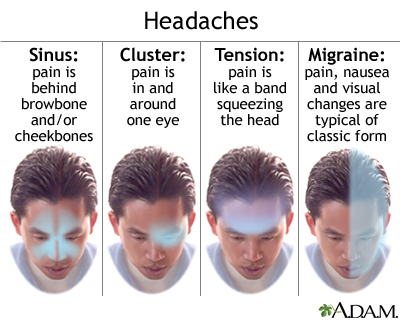
Diagnosis of Right Side Headaches
To accurately diagnose right side headaches, healthcare providers typically follow a comprehensive approach that includes medical history, physical examination, and possibly diagnostic tests. This process helps identify the underlying cause of the headache, which is crucial for effective treatment. Here are the common steps involved:
- Medical History: Discussing symptoms, headache patterns, family history of headaches, and any known triggers or relieving factors.
- Physical Examination: A thorough examination, including checking for signs of infection, neurological deficits, and other health issues that might contribute to headaches.
- Neurological Examination: Assessing the functioning of the brain and nerves to rule out neurological disorders.
- Imaging Tests: In certain cases, imaging tests such as MRI or CT scans may be recommended to detect abnormalities like tumors, blood vessel issues, or sinus problems.
- Blood Tests: Sometimes, blood tests are conducted to check for infections, thyroid issues, or other conditions that could be causing the headaches.
- Referral to Specialists: Depending on the findings, referrals to specialists such as neurologists, ENT doctors, or ophthalmologists might be necessary for further evaluation.
By meticulously evaluating your symptoms and conducting necessary tests, healthcare providers can pinpoint the cause of right side headaches and devise a personalized treatment plan. It"s important to provide detailed information during your consultation to facilitate an accurate diagnosis.
Treatment Options for Right Side Headache
Treating a headache on the right side of the head involves a combination of medications, lifestyle changes, and sometimes alternative therapies, depending on the underlying cause. Here"s a guide to the common treatment options available:
- Over-the-Counter (OTC) Pain Relievers: Medications such as ibuprofen, aspirin, or acetaminophen can be effective for relieving mild to moderate headaches.
- Prescription Medications: For more severe headaches, such as migraines, doctors may prescribe triptans, anti-nausea medications, or preventive medications to reduce the frequency and severity of attacks.
- Physical Therapy: If the headache is related to muscle tension or posture issues, physical therapy can help alleviate pain.
- Stress Management: Techniques such as meditation, yoga, and deep-breathing exercises can reduce stress and potentially decrease the frequency of tension headaches.
- Adequate Hydration: Staying well-hydrated is important, as dehydration can trigger headaches.
- Regular Exercise: Maintaining a regular exercise routine can reduce stress and improve overall health, possibly reducing headache frequency.
- Healthy Sleep Habits: Ensuring you get enough quality sleep can help prevent headaches.
- Alternative Therapies: Some people find relief through acupuncture, massage therapy, or chiropractic treatment.
- Avoiding Triggers: Identifying and avoiding personal headache triggers, such as certain foods, smells, or environmental factors, can be crucial.
It"s important to work with your healthcare provider to determine the most appropriate treatment plan for your specific type of headache. For persistent or severe headaches, seeking specialized care from a neurologist or headache specialist may be beneficial.
:max_bytes(150000):strip_icc()/vision-and-headache-3422017_final-f90b31917b244236a7424b143a537fd3.jpg)
Home Remedies and Lifestyle Changes for Managing Right Side Headache
Managing headaches on the right side of your head can often be effectively done at home with simple remedies and lifestyle adjustments. Here are some strategies that can help alleviate pain and prevent future headaches:
- Stay Hydrated: Drink plenty of water throughout the day to avoid dehydration, which can trigger headaches.
- Apply Cold or Warm Compress: A cold pack on the forehead can reduce inflammation and numb pain, while a warm compress around the neck can ease muscle tension.
- Practice Relaxation Techniques: Activities like yoga, meditation, and deep-breathing exercises can reduce stress and tension, which are common headache triggers.
- Improve Sleep Habits: Establish a regular sleep schedule, ensure your sleeping environment is comfortable, and avoid caffeine and electronics before bedtime to improve sleep quality.
- Maintain a Healthy Diet: Eating balanced meals at regular intervals helps maintain stable blood sugar levels, preventing headaches. Identify and avoid foods that trigger your headaches.
- Regular Physical Activity: Engage in regular exercise, such as walking, swimming, or cycling, to reduce stress and improve overall health.
- Limit Alcohol and Caffeine: Reducing intake of substances that can trigger headaches, such as alcohol and caffeine, can be beneficial.
- Take Breaks from Screens: Ensure to take regular breaks when using computers or smartphones to prevent eye strain and headaches.
- Consider Supplements: Certain supplements, like magnesium, riboflavin (vitamin B2), and coenzyme Q10, have been shown to reduce headache frequency in some people.
- Essential Oils: Aromatherapy using peppermint or lavender oil can provide relief from headaches for some individuals.
While these home remedies and lifestyle changes can be effective for managing headaches, it"s important to consult with a healthcare provider if your headaches are severe, frequent, or accompanied by other symptoms.
Causes of a Headache on the Right Side of Your Head
\"Discover the underlying causes behind your lingering health issues. Our enlightening video reveals insightful information that will empower you to take control and make positive changes for a healthier, happier you!\"
Headache on the Right Side: Causes and Relief Options
\"Explore a wide range of relief options for stress, anxiety, and discomfort. This informative video introduces effective strategies and techniques that will leave you feeling rejuvenated and revitalized. Say goodbye to your worries and experience blissful relief today!\"
READ MORE:
Prevention Tips for Right Side Headaches
Preventing headaches on the right side of your head involves a combination of lifestyle adjustments and awareness of potential triggers. Implementing the following tips can significantly reduce the frequency and severity of your headaches:
- Maintain a Regular Sleep Schedule: Going to bed and waking up at the same time each day helps regulate your body"s internal clock, reducing the likelihood of headaches.
- Stay Hydrated: Drink plenty of water throughout the day to prevent dehydration, a common headache trigger.
- Eat Balanced Meals: Regular, nutritious meals help maintain stable blood sugar levels, preventing headaches. Avoid foods known to trigger your headaches.
- Limit Caffeine and Alcohol: Both substances can affect hydration and trigger headaches in some individuals.
- Manage Stress: Incorporate stress-reduction techniques such as meditation, yoga, or deep-breathing exercises into your daily routine.
- Exercise Regularly: Physical activity releases endorphins, which act as natural painkillers and improve your overall health, potentially reducing headache frequency.
- Adopt Good Posture: Especially important for those working at desks, good posture can prevent tension and headaches.
- Take Regular Breaks: If you spend long hours in front of screens, take frequent breaks to rest your eyes and prevent eye strain.
- Avoid Known Triggers: If certain activities, foods, or environmental factors trigger your headaches, try to avoid them.
- Seek Regular Medical Check-ups: Regular visits to your healthcare provider can help manage any underlying conditions that might be contributing to your headaches.
By integrating these prevention strategies into your lifestyle, you can decrease the occurrence of right side headaches and improve your overall well-being.
Understanding and addressing the causes of right side headaches can significantly improve your quality of life. By adopting healthy habits, seeking appropriate treatments, and consulting with healthcare professionals, you can find relief and prevent future occurrences.
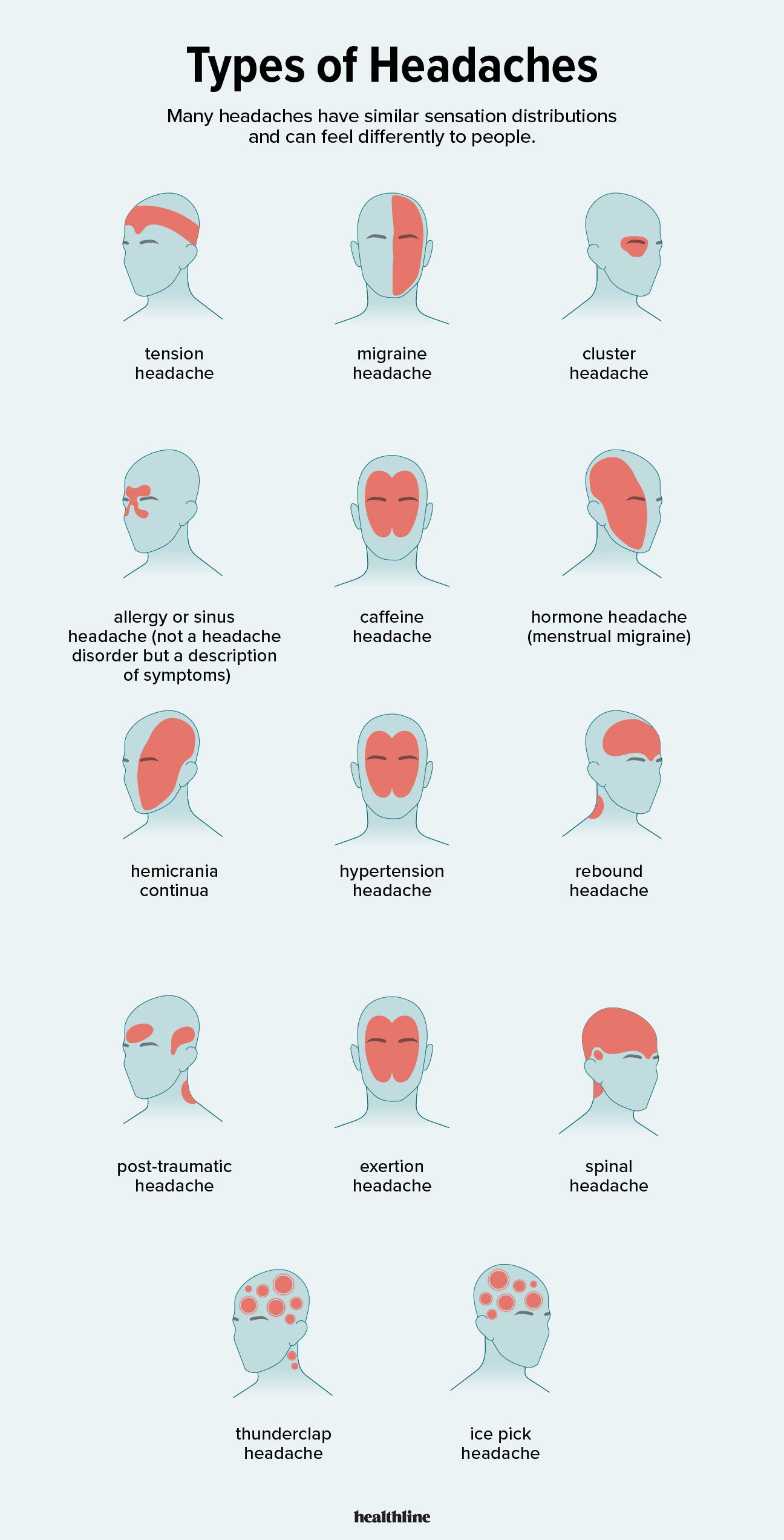


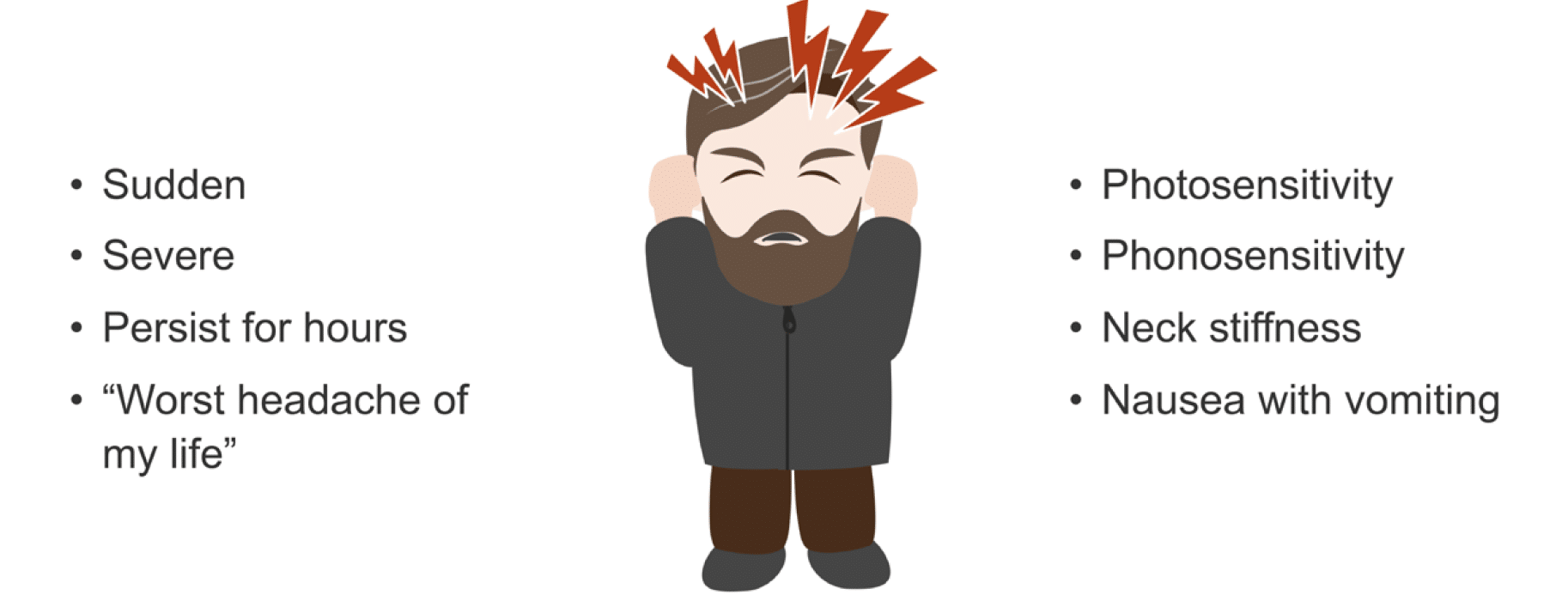


.png)
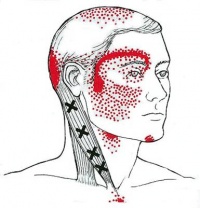
:max_bytes(150000):strip_icc()/migraine-relief-pressure-points-5205811-FINAL-cdc9e0d051cb460bac8baa98bc01954f.jpg)
